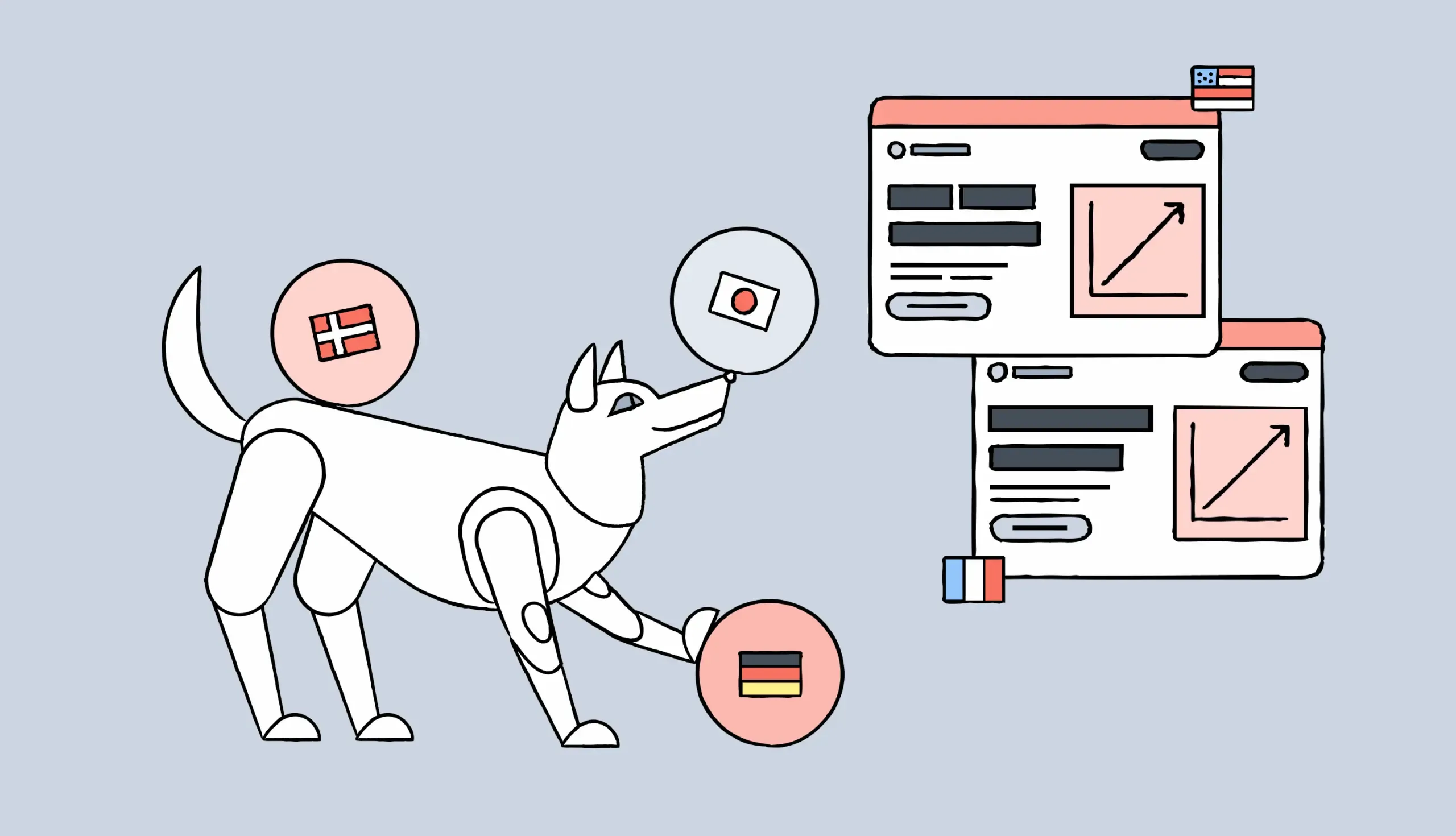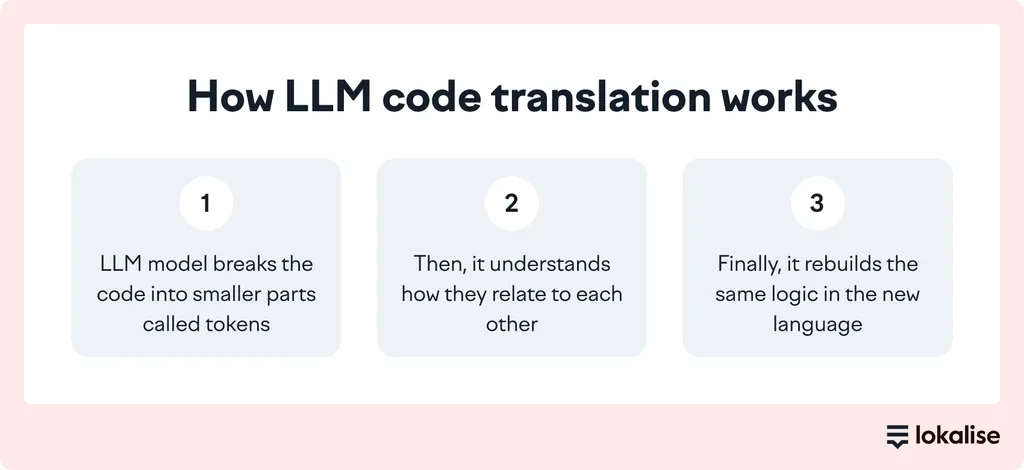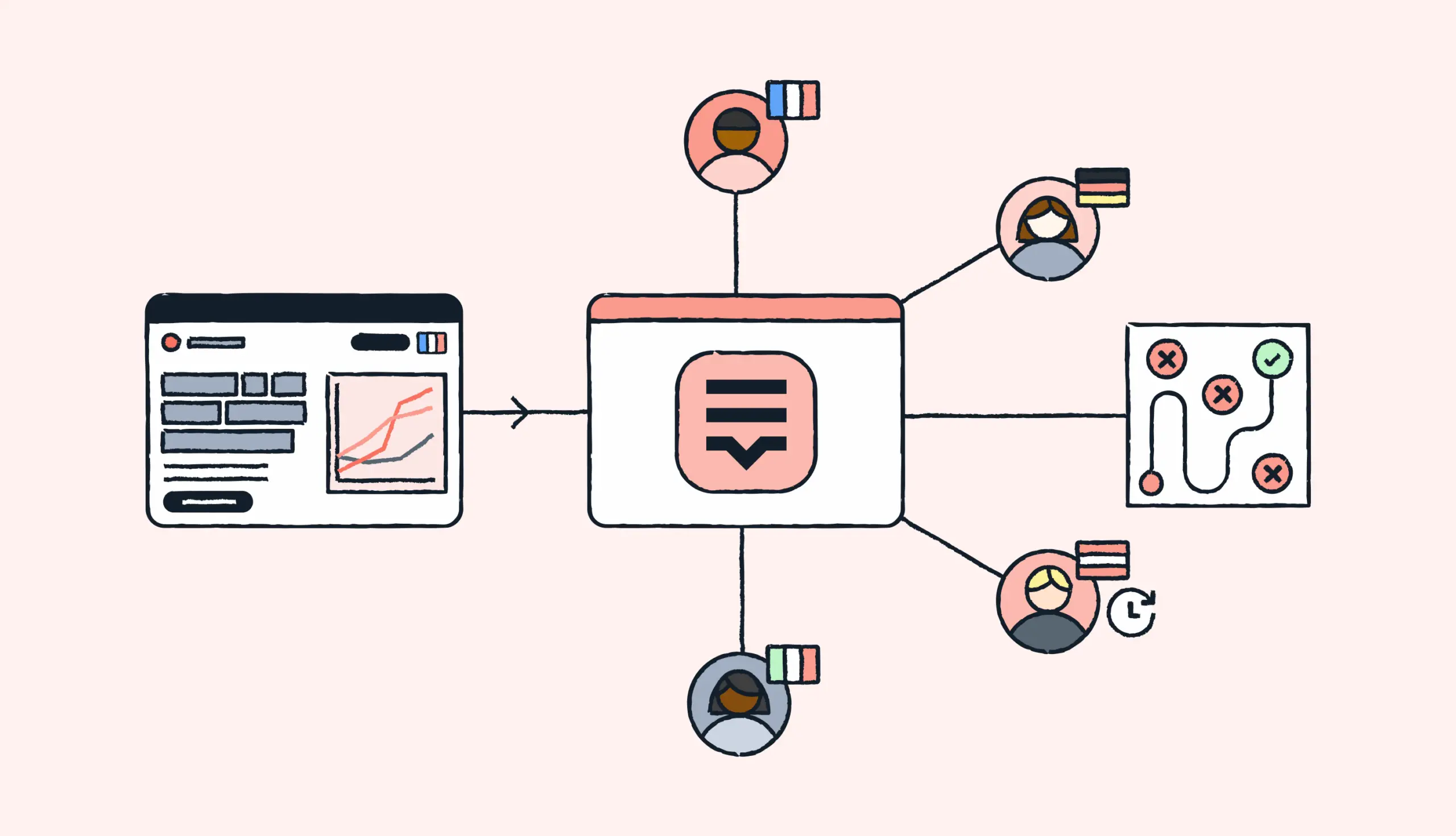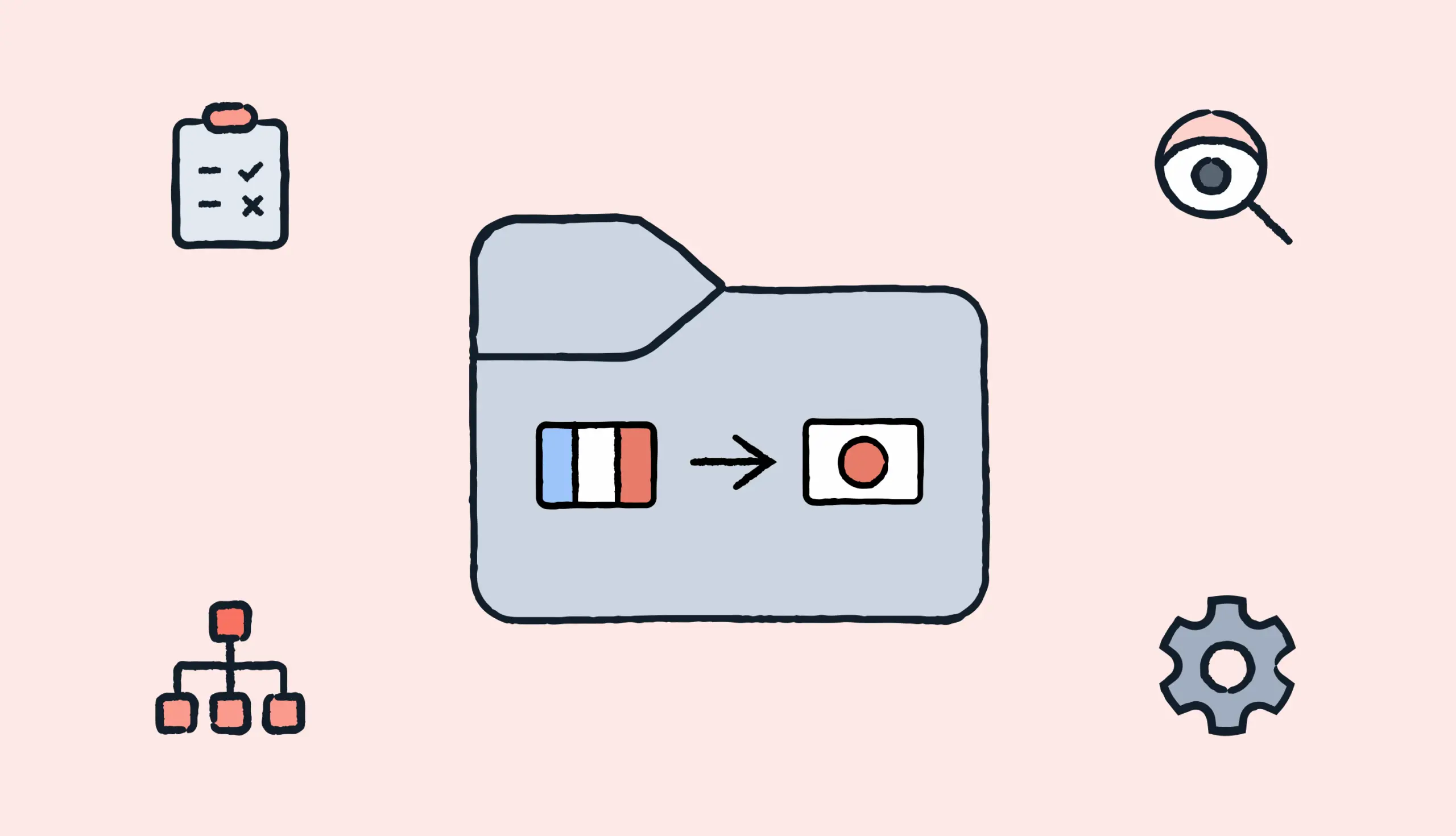We covered the tools and resources, now let’s take a look at some real-life use cases.
Real-life use cases for AI-powered code translation
Developers are already using it today to speed up their projects and reduce costs. To be clear, AI isn't replacing developers. Instead, it’s becoming a powerful tool to handle tedious, time-consuming code translation work.
Here are a few ways AI-powered code translation is already making a difference.
Migrating legacy systems to modern languages
Many companies still rely on old codebases written in languages like COBOL or VB.NET. AI models can help translate these into modern languages like Java, Python, or C#. This makes it easier to maintain, scale, and integrate with new technologies.
Switching tech stacks during modernization
When businesses modernize their platforms, they sometimes switch tech stacks entirely. AI can help translate backend code, APIs, or microservices between frameworks and languages.
Creating a more unified “language”
Large systems often mix several programming languages. AI can assist developers in translating modules, so the whole system speaks a more unified “language”. This reduces maintenance complexity and, in a way, it “future-proofs” the code.
Supporting learning and onboarding
LLM code translation also helps new developers understand legacy codebases. When you translate older code into more familiar languages, you can onboard new team members faster and reduce training time.
What’s next: The future of LLM code translation
So, what’s next for LLM code translation? Get ready for an even smoother ride.
As models continue to learn from bigger, more diverse codebases, they’ll pick up on subtle patterns. Think framework conventions, idiomatic styles, even project-specific quirks. That means fewer manual tweaks and faster rollouts when you migrate or modernize a codebase.
We’ll also likely see tighter IDE integrations and real-time collaboration. Imagine a pair-programming session where your AI assistant suggests a Pythonic rewrite as you type Java, and then runs lint checks on the fly? Maybe we’re not that far from it being a reality.
Still, no AI can replace the human touch. Developers will remain the ultimate decision-makers. They are there to review the logic, spot edge cases, and weave in architecture decisions that no model can foresee.
Your deep knowledge of business rules, performance trade-offs, and team standards stays irreplaceable. Tools like Lokalise help along the way.
Built from the ground up for developers and localization engineers, Lokalise combines code-friendly workflows with AI-powered translation features. It’s a glimpse of how the next generation of platforms will empower human teams. Let AI do the heavy lifting while people steer the ship.Want to learn more? Check out Lokalise blog.






